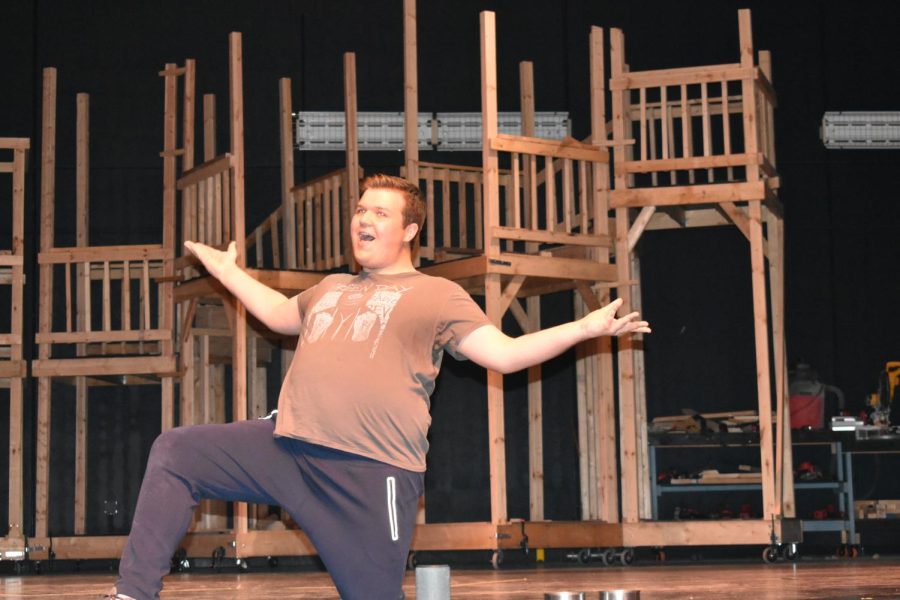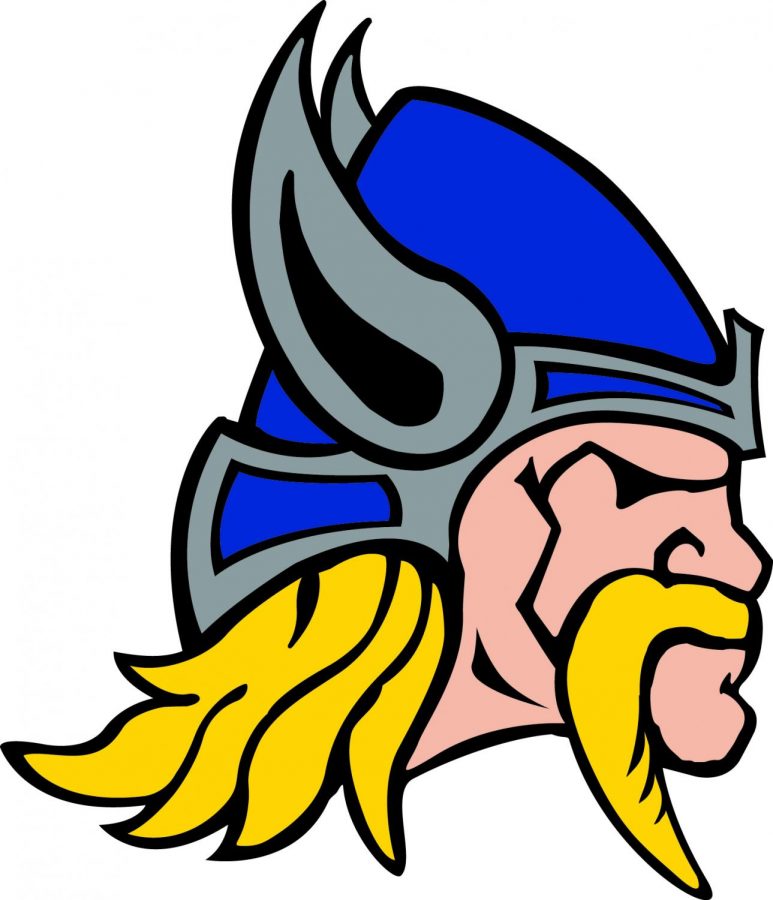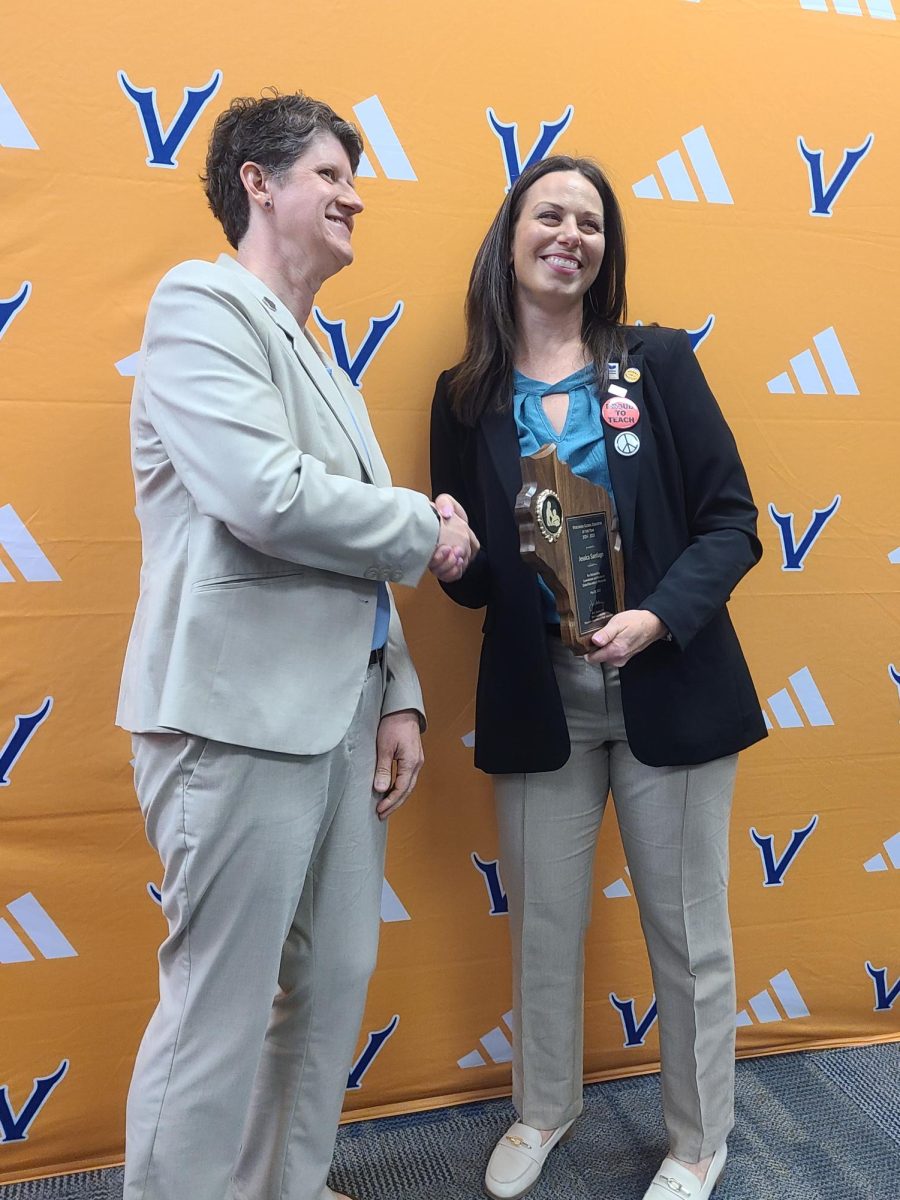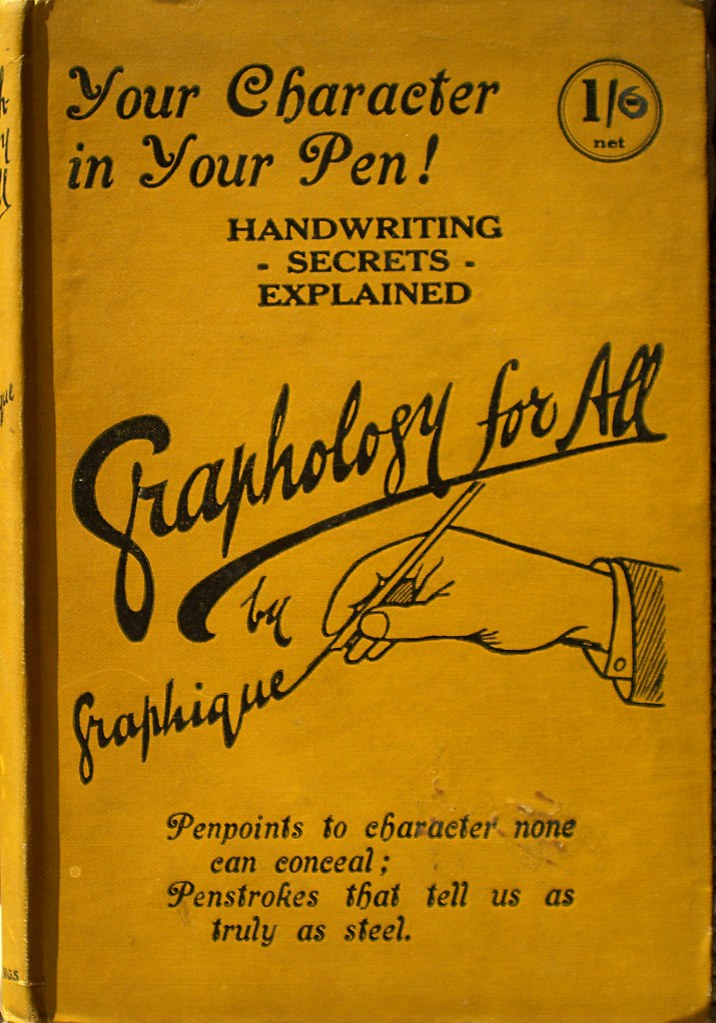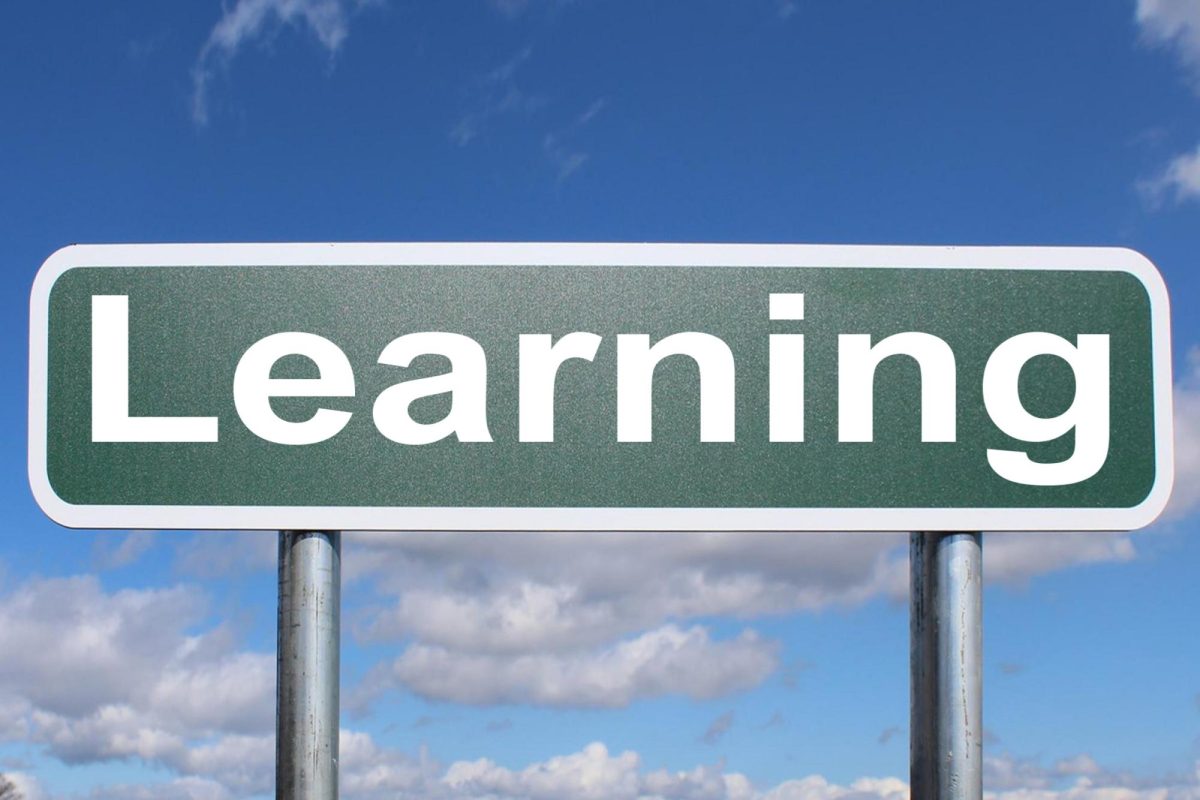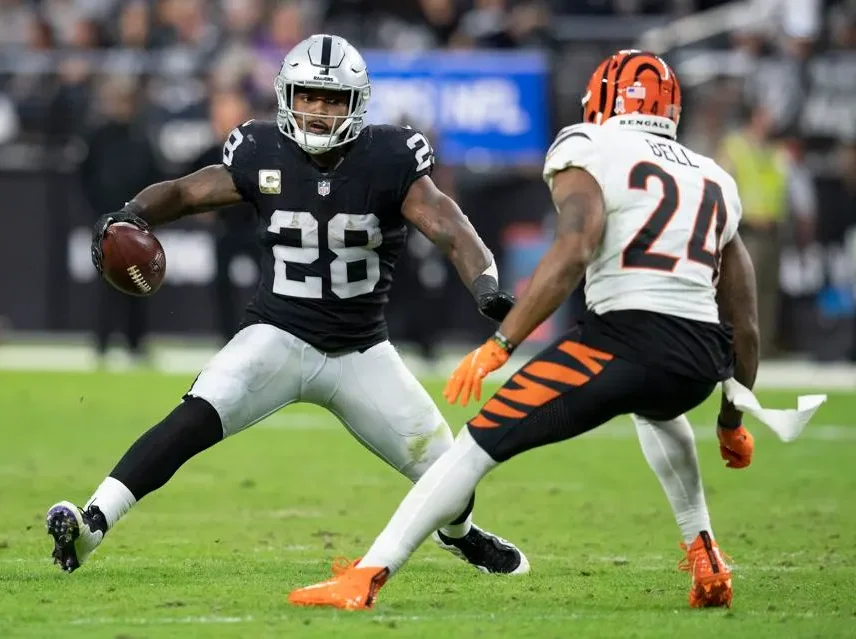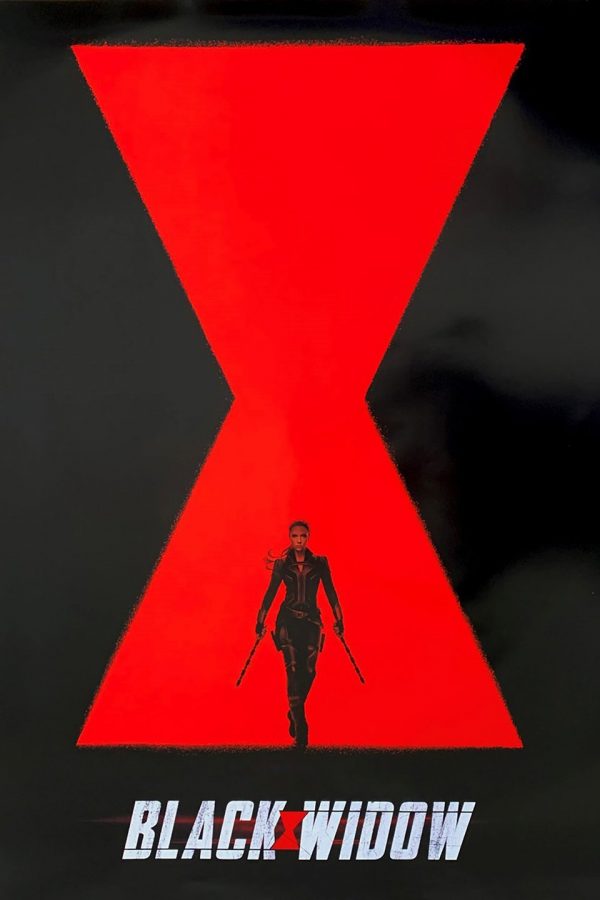Pokémon has had a long history. For over 20 years, Pokémon has been a staple in childhoods across the world. Even through controversy and changing times, Pokémon has held strong. Pokémon Sword and Shield marks the first mainline Pokémon game (a Pokémon game with the standard mechanics) on a home console. The Nintendo Switch fits the new games very strongly, as it has both handheld and television modes. With some great changes and even better graphics, Sword and Shield are a force to be reckoned with.
The most controversial change first, the removal of many Pokémon from the games is not as bad as I expected it to be. This change was disappointing at first reveal, but during gameplay, I barely noticed at all. The chosen Pokémon returning and new Pokémon really make finding useful Pokémon rather simple, and it never seems like Pokémon trainers throughout the game all have the same Pokémon.
A more neutral change is the return to single-screen play. The last 8 entries in the game were on the Nintendo DS and Nintendo 3DS, which both have two screens. The return to single screen feels strange, but after some time it’s easy to get used to.
The new Y-Comm multiplayer system (which allows for online battles and trades with other players), while creative, is what I find to be the weakest aspect of the new features. Previous installments used the PSS (Player Search System) or the Festival Plaza. These systems worked much better in some aspects, having Battle Spot for quick and short online battles, Wonder Trade for random Pokémon trades, and GTS (Global Trading System) to find specific Pokémon from around the world. Y-Comm dropped Battle Spot and the GTS and changed Wonder Trade to Surprise Trade. This change is awkward but isn’t a complete deal-breaker. I still could find enjoyment using the Y-Comm system, even if it isn’t the greatest.
Max raid battles are a new feature that uses the new gimmick in the game, Dynamaxing and Gigantamaxing. Dynamaxing is essentially a 3 turn powerup that any Pokémon can use, but it is limited to Gym battles, Max raid battles, and online battles. Gigantamaxing follows the same rules, but the Pokémon also change into a different form instead of growing in size alone. Max raid battles use this feature to have 4 players, or fewer players with AI Pokémon trainers, fight a Dynamax Pokémon or Gigantamax Pokémon for the chance to catch it. This game mode took inspirations from Pokémon GO raids.
The graphics are another thing to talk about: finally Pokémon is in HD. The graphics are pretty stunning at times. The trees were the real standout in the game as the leaves looked very nice and well-developed for the art style. The entire game came with a much smoother feel than the last few generations have had.
The story wasn’t anything super special, though the changes to the core ideas are pretty interesting. Instead of the gyms being an ambiguous challenge, it’s seen as a sport in the Galar region, requiring trainers to be endorsed by someone with power. After all of the gyms, there is surprisingly no elite four. Every game since the first has had an elite four, but this game chooses to have the in-game competitors fight for the top spot.
The Galar region is one of the stronger regions in the sense of layout, being the 8th region in Pokémon it somehow doesn’t feel like any of the other regions, especially being a thin and tall region rather than a square shaped region.
Overall, even with some drastic changes, Sword and Shield are Pokémon games at heart. The games were outstanding, and really, many of the complaints are just nitpicks. Sword and Shield have really set a rather high standard for Pokémon games on the Switch to come in the future.


